Marc Chagall (1887-1985)
Of Russian origin, from a very religious Jewish family strongly attached to folklore, Marc Chagall is one of the great figures of twentieth century art who have forged a very personal work. He shapes a poetic space, aerial, often very colorful, inhabited by recurring symbolic motifs the rooster, the donkey, the couple, the moon, the bouquets, the angels in particular. In 1964, he was also the author of the ceiling of the Garnier Opera House in Paris, commissioned by André Malraux.

Works of art by the artist Marc Chagall
-
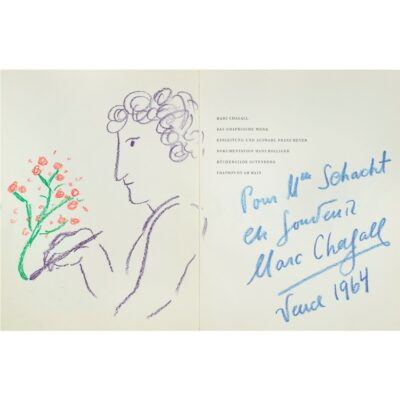
Das Graphische werk
Marc Chagall
-

Rêve familier
Marc Chagall
SOLD
-
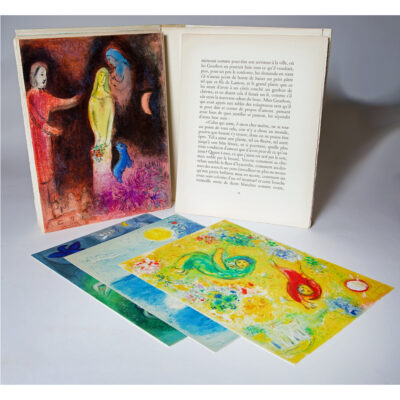
Daphnis et Chloé
Marc Chagall
-

Les Fables de la Fontaine
Marc Chagall
-

Le Bouquet bleu
Marc Chagall
SOLD
-
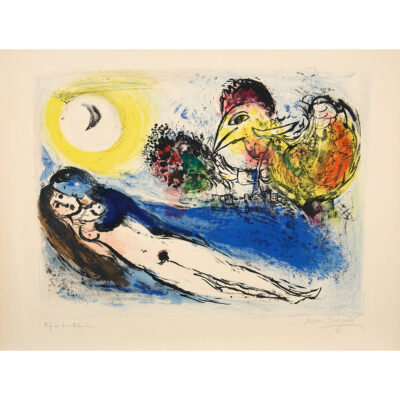
Bonjour sur Paris
Marc Chagall
-
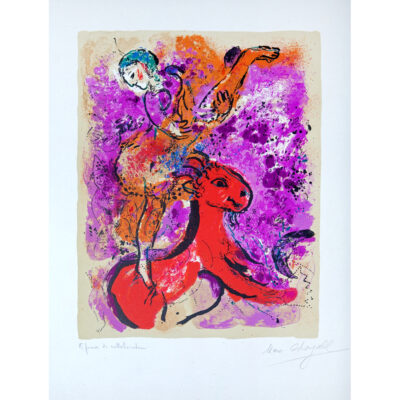
L'Écuyère au Cheval rouge
Marc Chagall
SOLD
-

Le Jugement de Chloé
Marc Chagall
-

Paris de la Fenêtre
Marc Chagall
-
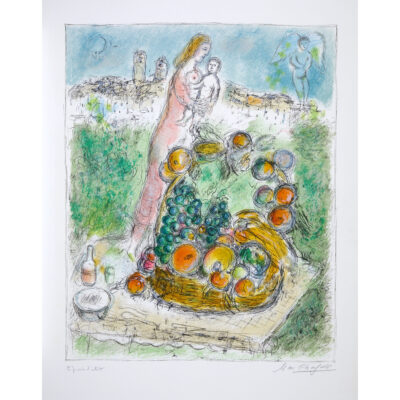
Grande Corbeille de fruits
Marc Chagall
-

La Mort de Dorcon
Marc Chagall
-

L'Elégie des Alizés
Marc Chagall
-

L'Aube
Marc Chagall
-

L'Elégie des Alizés
Marc Chagall
-

Les Fleurs rouges
Marc Chagall
-

Sans Titre
Marc Chagall
-

Les toits
Marc Chagall
-

Clown à la Chèvre Jaune
Marc Chagall
-

Sans Titre
Marc Chagall
-

Le Ciel Bleu des Rêves
Marc Chagall
-

Cheval Bleu au Couple
Marc Chagall
-

Sans Titre
Marc Chagall
-

Couple sous le Rideau
Marc Chagall
-

L'Âne au Village
Marc Chagall
-

Le Nu Bleu
Marc Chagall
-

L'Âne au Village
Marc Chagall
-
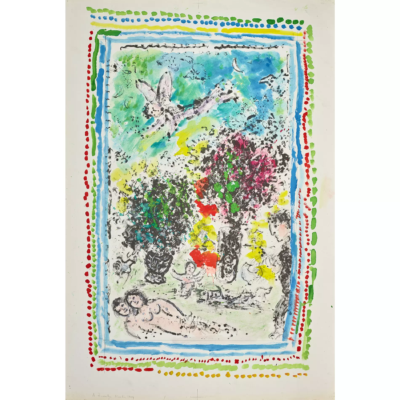
Le Ciel Bleu des Rêves (réhaussée)
Marc Chagall
-
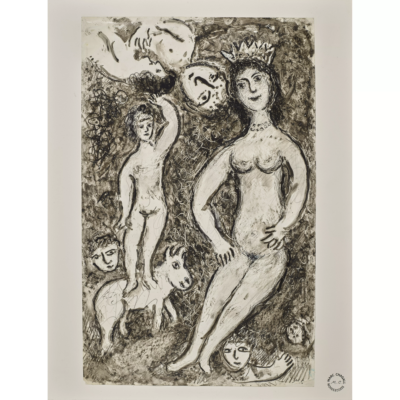
Le Nu Bleu (dessin)
Marc Chagall
-
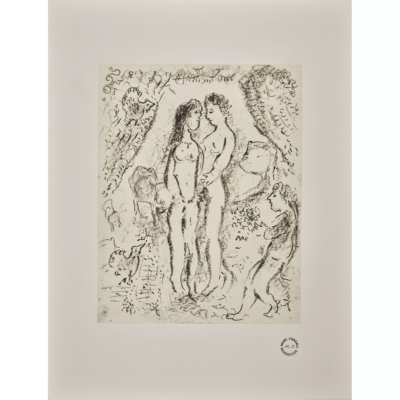
Couple sous le Rideau (dessin)
Marc Chagall
-
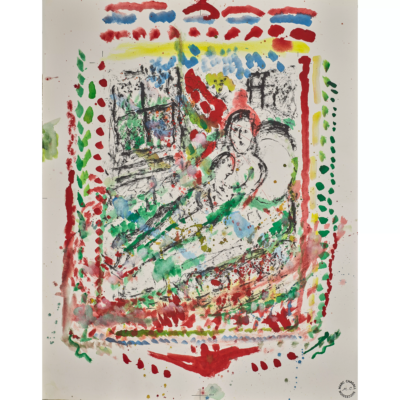
Sans Titre (maquette)
Marc Chagall
-
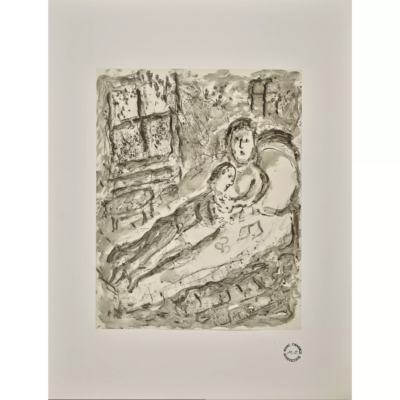
Sans Titre (maquette)
Marc Chagall
-

Cheval Bleu au Couple (dessin)
Marc Chagall
-

Double Visage
Marc Chagall
-

Le Nu
Marc Chagall
-

Clown à la Chèvre Jaune (dessin)
Marc Chagall
-

Les Amoureux de la Tour Eiffel
Marc Chagall

Boris Lipnitzki / Roger-Viollet
Biography of artist Marc Chagall
Marc Chagall, whose real name was Moyshe Segal, was born on July 7, 1887 in Vitebsk, Belarus. The eldest of nine siblings, he grew up in a Jewish family steeped in religious culture. He attended the traditional Jewish elementary school in Vitebsk, before moving on to the city's secular secondary school.
At the end of 1906, after a brief period in the studio of the painter Jehuda Pen in Vitebsk, he moved to Saint Petersburg. He enrolled at the Drawing School founded by the Imperial Society for the Protection of Fine Arts, which he left in the summer of 1908. He then studied modern art with Léon Bakst, painter and decorator for Serge Diaghilev's Russian ballets, at the Svanseva School. He discovered "living modern art" and intellectual and literary circles. Bakst taught him the importance of color. He was also inspired by the ancient icons to be found in the churches of St. Petersburg. Russian folklore was another major source of inspiration for his art. At the end of the summer of 1909, he met Bella Rosenfeld, and fell head over heels in love with her.
Thanks to a scholarship, Chagall arrived in Paris in May 1911. He enrolled first at the Académie de la Palette, where he studied with Dunoyer de Segonzac, then at the Académie de la Grande Chaumière, where he could work from a model. He discovered Parisian avant-garde art, in particular Fauvism and Cubism, which were essential milestones in his training. His art changed. Color became his principal means of expression, and his palette brightened and colored, combined with a geometric division of form and space.
Contact
To find out more about our art gallery in Paris, the works available, our appraisal service or our exhibitions :

